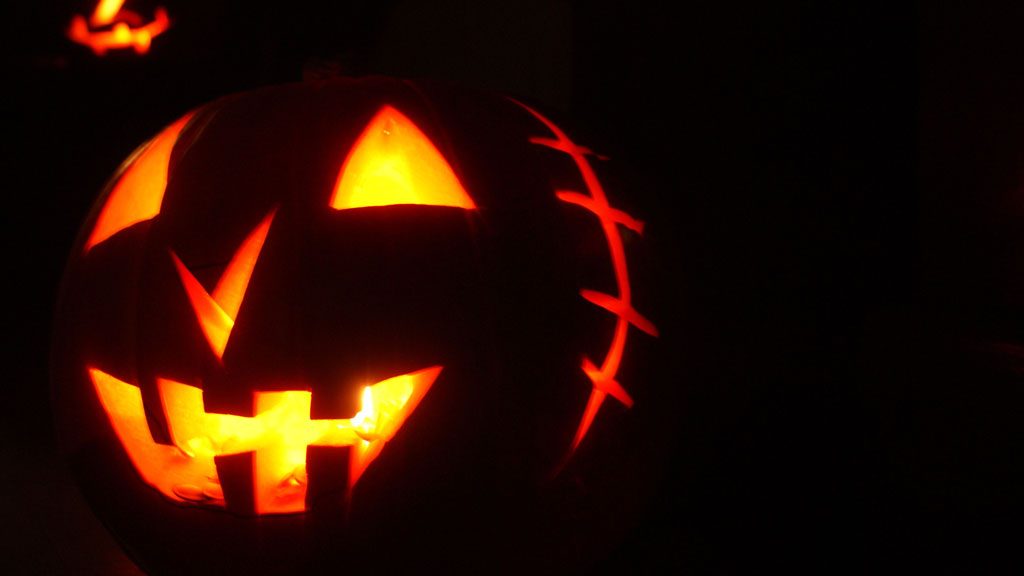Here’s a spooky tale that is merely a trick but may also be a treat to read. Enjoy this story and all the paranormal hijinks it highlights as the DCN wishes you all a Happy Halloween.
A rash of paranormal outbreaks in Canada and around the world could see some revisions to the National Building Code as early as 2025.
The Standing Committee on Paranormal Phenomena, which reports to the Canadian Commission on Building and Fire Codes is preparing a policy position paper, Long-Term Paranormal Codes Development.
Among the recommendations being considered:
Vertical stress protection
While new seismic standards have provided additional protection for new and retrofit buildings, attacks by large or prehistoric reptilian creatures has necessitated the creation of new standards for vertical pressure placed on buildings as large monsters traverse urban areas. While many such attacks have been limited to Asian nations, Japan in particular, or prehistoric amusement parks, committee members have noted that Canadian builders should not be complacent. The so-called Cloverfield attacks of 2008 on the U.S. eastern seaboard reveals that Canadian cities may also be vulnerable. The increased use of Advanced High-Strength Steels in building structures could provide short term protection from monster footfalls, up to 5,806 tonnes, the standing weight of the Cloverfield creature.
Ectoplasmic protection
While it’s well-known that supernatural entities can pass through solid matter, the committee is looking at the use of specially coloured lights and pentagrams (five-pointed stars) as part of ceramic, concrete, wood or engineered wood flooring. Such patterns could also be incorporated into low-emission carpeting design at low cost. Buildings could also be outfitted with proton pack energy weapons, placed side by side with fire extinguishers, that can be used to help weaken supernatural entities, limiting damage until they can be safely stored inside ectoplasmic containment units.
Infrared surveillance
Building systems should incorporate infrared surveillance to document warning signs of nocturnal paranormal activity. Surveillance images captured through these systems could be used to differentiate between employees working in cubicles past midnight and creepy entities simply standing for hours on end in hallways or alcoves.
Emergency undead construction kits
While modern building standards provide adequate protection for occupants against many paranormal threats, an attack by the living dead may require special considerations.
Emergency construction kits placed strategically would contain scraps of dimensional lumber, nails and hammers, allowing occupants to quickly erect barriers across doors and windows until help arrives.
“Wood first” stakes
Wooden stakes provide excellent protection against vampire assaults. The use of these hardwood stakes dovetails with “Wood First” construction policies adopted across Canada. Exposed wood beams could feature “breakaway” stakes to be used by building occupants to defend themselves. The use of glue laminated timber, however, is contraindicated as the adhesives and varnishes provide a protective layer over wood, rendering them only partially effective.
Energy efficient Jack-o’-lanterns
The use of Jack-o’-lanterns has provided time-honoured protection against a range of supernatural entities. New energy-efficient Jack-o’-lanterns powered by LED lighting provide the same protection and can be easily incorporated into low-powered electrical or USB systems. Strategically placed around the building footprint, they can provide broad-spectrum protection, provided they are not incorporated into corporate branding or emergency exit signs, which can greatly diminish their power.
Big Spooky Data
The use of cloud systems can provide significant advantages in analyzing data collected through various supernatural sensors placed throughout a building — for example, thermometers that detect so-called “cold spots” indicating a supernatural presence. Using artificial intelligence (AI) this data can be used to create predictive algorithms that may be able to forecast future supernatural incursions or dimensional breaches. On the other hand, AI systems have been known to be hijacked by supernatural forces themselves, and cause these systems to turn on their human masters with disastrous results. It can go either way.
The policy position paper is expected to be published on Oct. 31, 2019.



Recent Comments
comments for this post are closed